QuestionHi Chris,
With regards to Black Mollies, how do professional
breeders raise Black Molly fry? How are their tanks set-up, what kind of filtration do they use, how often is the water changed, are antibiotics used on the fry, etc etc?
I've been trying for the longest to get very
specific info on how the breeders do it but
on the internet sites I just keep getting the same
general info that really doesn't work.
I've encoutered Black Molly fry very difficult
to raise to adulthood.
The only thing I'm aware of about breeders is that
they use bare tanks. If you could give me very
detailed, step by step info on the true Black Molly breeder procedures I would be most grateful.
Please note I have no interest in breeding for profit. I really appreciate the Black Molly
species and have since I was a kid.
The times that I have had molly fry born, the problem was not the others eating them (this is
blown way out of proportion) it was the fry
dying one by one after about a fourteen day period
without any visible symptoms or strange behavior.
Sorry for the long e-mail but I wanted to touch all bases and be completely understood.
Thanks Chris,
Ric V.
AnswerHi Ric;
No problem! I would rather have a long email than have to beg for needed information and have to correspond several different times. You gave me some good stuff to work with.
Mollies require very clean water and a good diet. It was formerly believed that mollies require salt. They really don't need it. Clean water is what makes them thrive. Professional breeders make a water change every day. Some do 10%, some 25% or more. Clean water equals fast growth, good appetite and strong immune systems. Babies should be fed 4 to 6 times every day so the water changes should be made while siphoning off the bottom. That's why breeders use bare tanks. Raising babies can be very messy! Diet can be very important and babies need lots of protein. But, Mollies require veggies in their diet too in order to thrive. Live plants can help too. Elodea, cabomba, hornwort, hygrophilia, and other "true aquatic" small-leafed plants are a source of food and comfort as a hiding place. Tiny little organisms make their home on them so they will nibble at the plants all day long.
Anyway, keep up with lots of water changes, feed them a bit of veggies or spirulina algae with their basic flake or freshly hatched baby brine shrimp and they should grow and thrive. I feed my fish peeled cooked peas, raw cucumber chunks, slightly cooked squash chunks, cooked green beans, raw romaine, raw spinach, and cooked shredded carrots. Just drop them right in the tank. Veggies don't rot like regular food so you can leave them in the tank to be nibbled on for a day or so.
Antibiotics are not used for prevention as far as I know. It's a bad idea for at least a couple of reasons. Diseases become immune to medicines when used too much so they don't work when you really need them, and antibiotics can be harmful to developing fishes organs, tissues and bones. Egglaying fishes' eggs are often treated with blue dye to prevent fungal infection, but the dye isn't an antibiotic.
Keep in mind that your babies need room to grow too. Each of your baby mollies needs one gallon per fish all to themselves for growth to an inch long. They need at least two gallons per fish once they get 2 inches or so. If your tank is already to it's capacity the babies will not grow very well and could get sick easily. It would be a good idea to give them their own 10 or 20 gallon tank, or larger, depending on how many you have.
Here are some good links that may help you further;
http://www.bellaonline.com/articles/art8344.asp
http://www.fishprofiles.net/faq/breeding.asp#raising
http://www.fishtanksandponds.info/live-stock/brackish/mollies.htm
At Your Service;
Chris Robbins

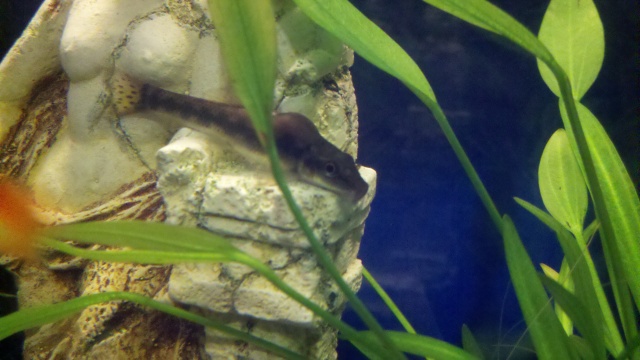 Odd lumps
Question
algae eater
I have got 2 fish that just became
Odd lumps
Question
algae eater
I have got 2 fish that just became
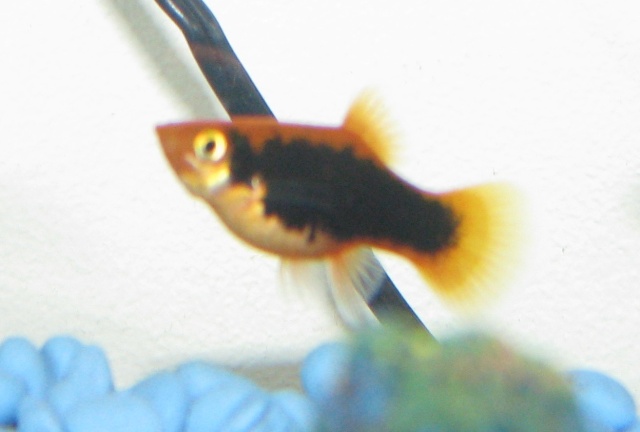 What kind of fish this is? Plus baby fish..now what?
QuestionTuxedo Platy?
QUESTION: Hi, I have three
What kind of fish this is? Plus baby fish..now what?
QuestionTuxedo Platy?
QUESTION: Hi, I have three
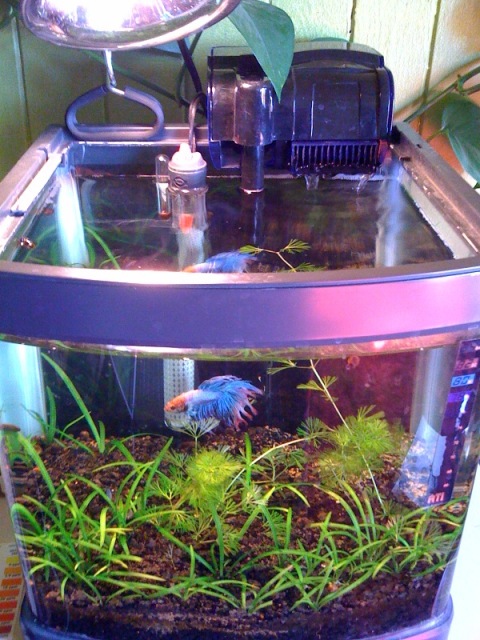 sick betta and water quality
Question
aquarium set-up
Hello! Thank u so much for you
sick betta and water quality
Question
aquarium set-up
Hello! Thank u so much for you
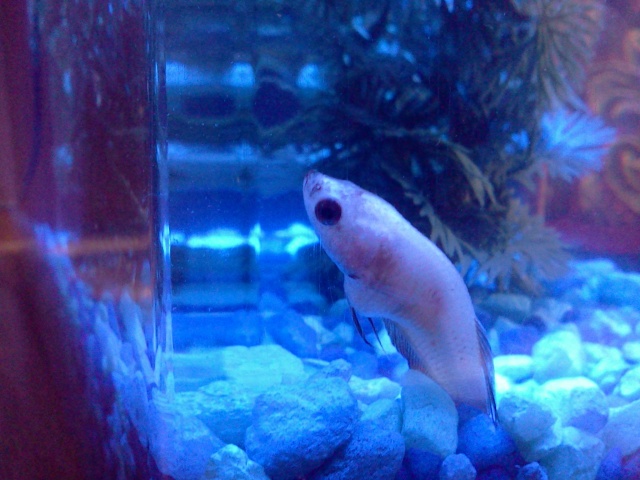 Female Betta Problems
QuestionPenelope
QUESTION: Hi,
I have a female
Female Betta Problems
QuestionPenelope
QUESTION: Hi,
I have a female
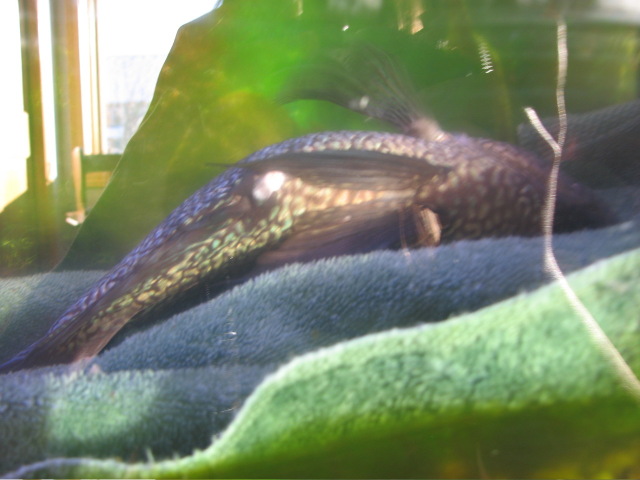 Please help my fish!!
QuestionSapphire
QUESTION: Well my fish is a cro
Please help my fish!!
QuestionSapphire
QUESTION: Well my fish is a cro